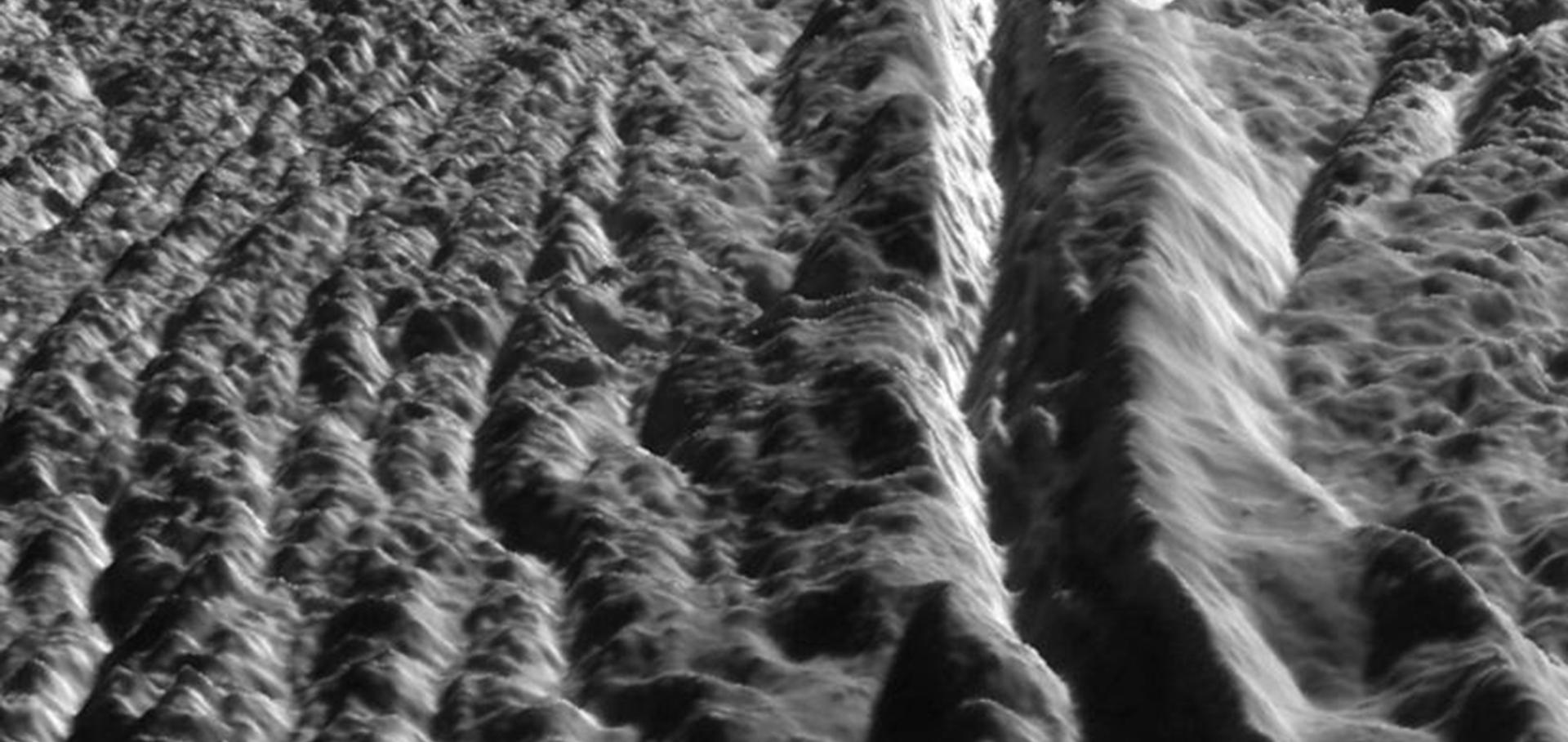Ocean Worlds: A Roadmap for Science and Exploration
Bulletin of the AAS American Astronomical Society 53:4 (2021)
Ocean Worlds: Science Goals for the Next Decade
Bulletin of the AAS American Astronomical Society 53:4 (2021)
Constraining the surface properties of Helene
Icarus Elsevier 360 (2021) 114366
Abstract:
We analyze two sets of observations of Dione's co-orbital satellite Helene taken by Cassini's Composite Infrared Spectrometer (CIRS). The first observation was a CIRS FP3 (600 to 1100 cm−1, 9.1 to 16.7 μm) stare of Helene's trailing hemisphere, where two of the ten FP3 pixels were filled. The daytime surface temperatures derived from these observations were 83.3 ± 0.9 K and 88.8 ± 0.8 K at local times 223° to 288° and 180° to 238° respectively. When these temperatures were compared to a 1-D thermophysical model only albedos between 0.25 and 0.70 were able to fit the data, with a mean and standard deviation of 0.43 ± 0.12. All thermal inertias tested between 1 and 2000 J m−2 K−1 s-1/2 could fit the data (i.e. thermal inertia was not constrained). The second observation analyzed was a FP3 and FP4 (1100 to 1400 cm−1, 7.1 to 9.1 μm) scan of Helene's leading hemisphere. Temperatures between 77 and 89 K were observed with FP3, with a typical error between 5 and 10 K. The surface temperatures derived from FP4 were higher, between 98 and 106 K, but with much larger errors (between 10 and 30 K) and thus the FP3- and FP4-derived temperature largely agree within their uncertainty. Dione's disk-integrated bolometric Bond albedos have been found to be between 0.63 ± 0.15 (Howett et al. 2010) and 0.44 ± 0.13 (Howett et al. 2014). Thus Helene may be darker than Dione, which is the opposite of the trend found at shorter wavelengths (c.f. Hedman et al. 2020; Royer et al., 2021). However few conclusions can be drawn since the albedos of Dione and Helene agree within their uncertainty.Initial results from the New Horizons exploration of 2014 MU69, a small Kuiper Belt Object
(2020)

